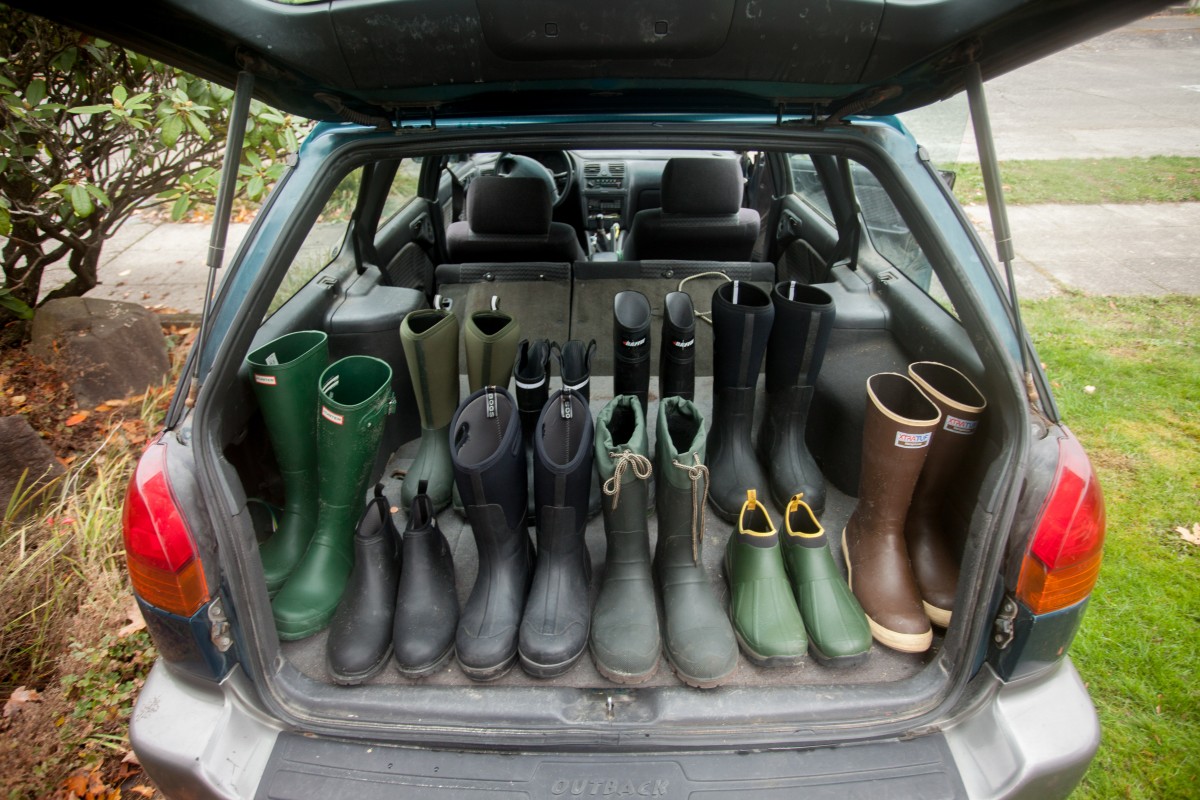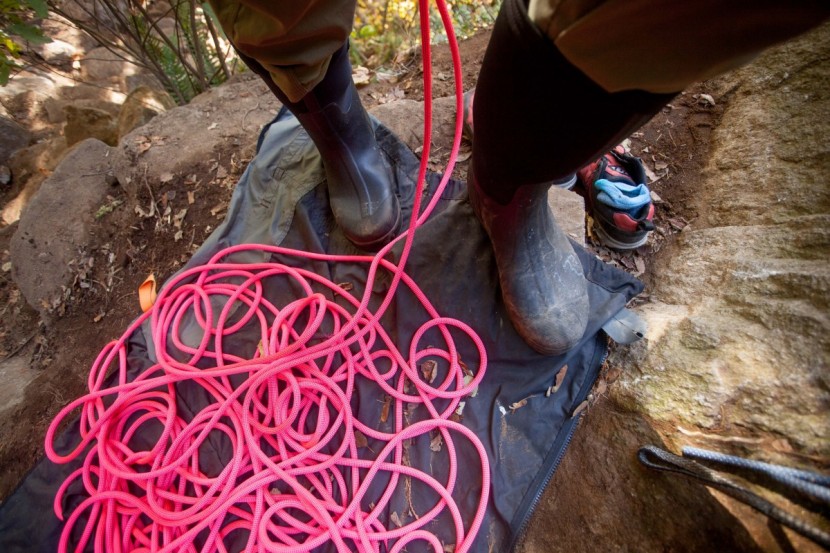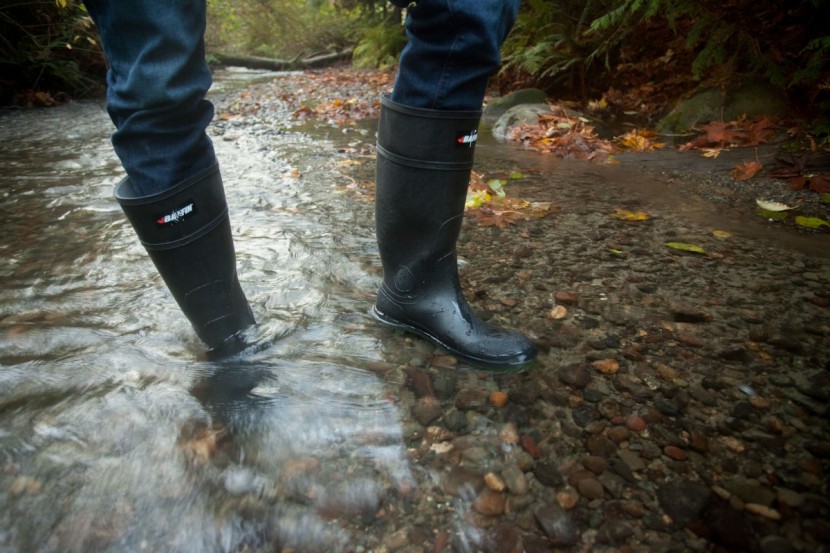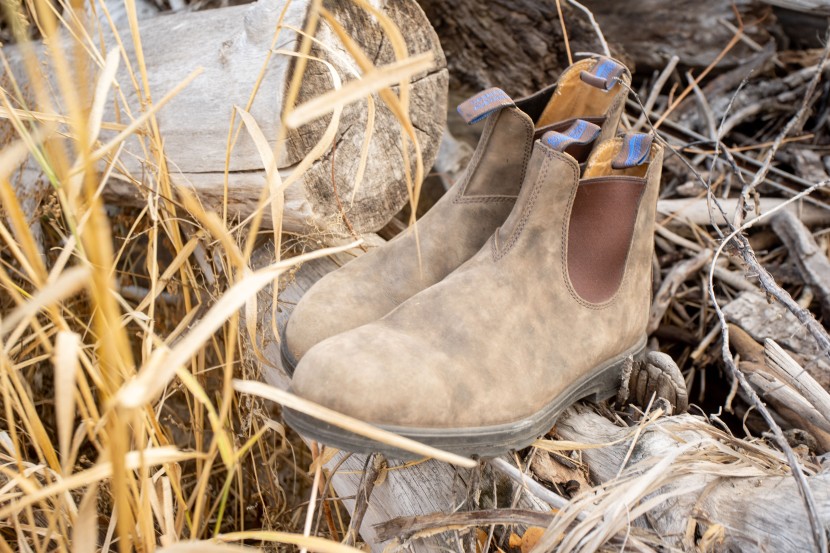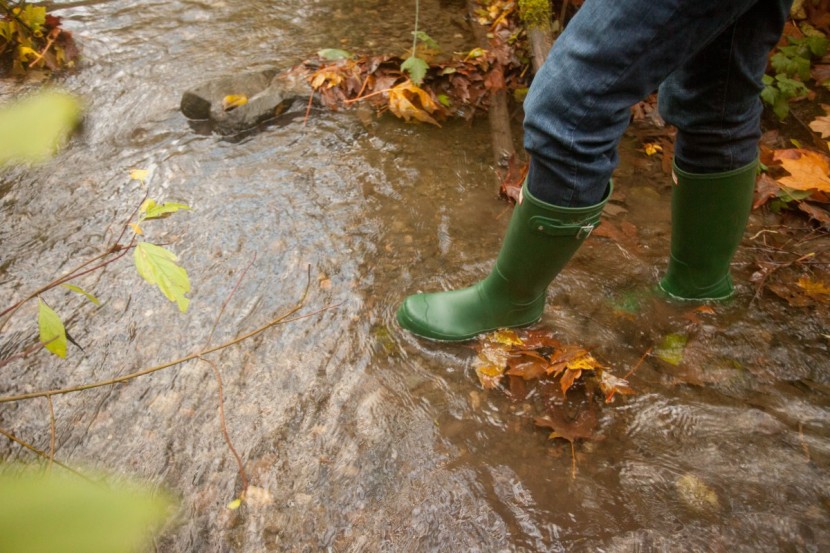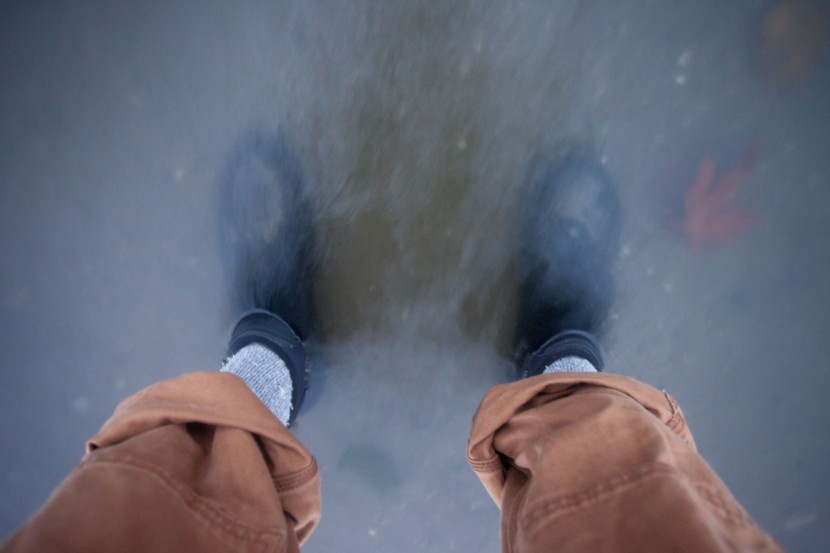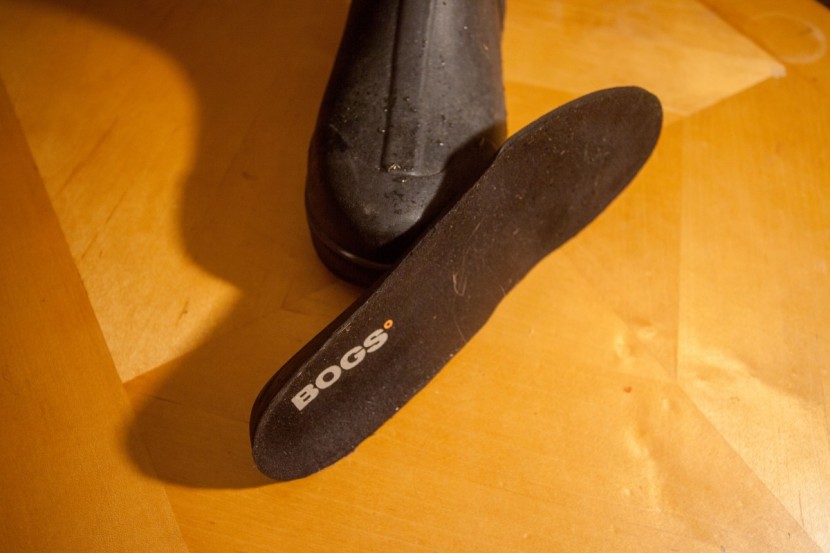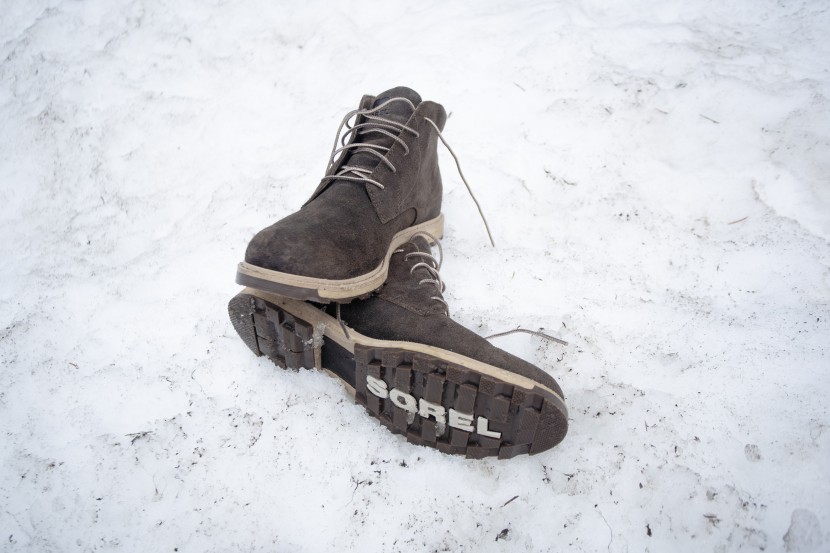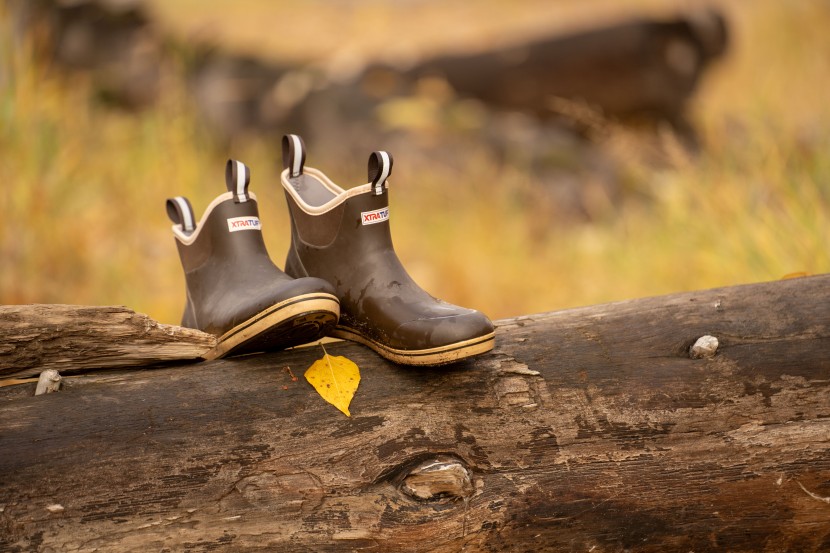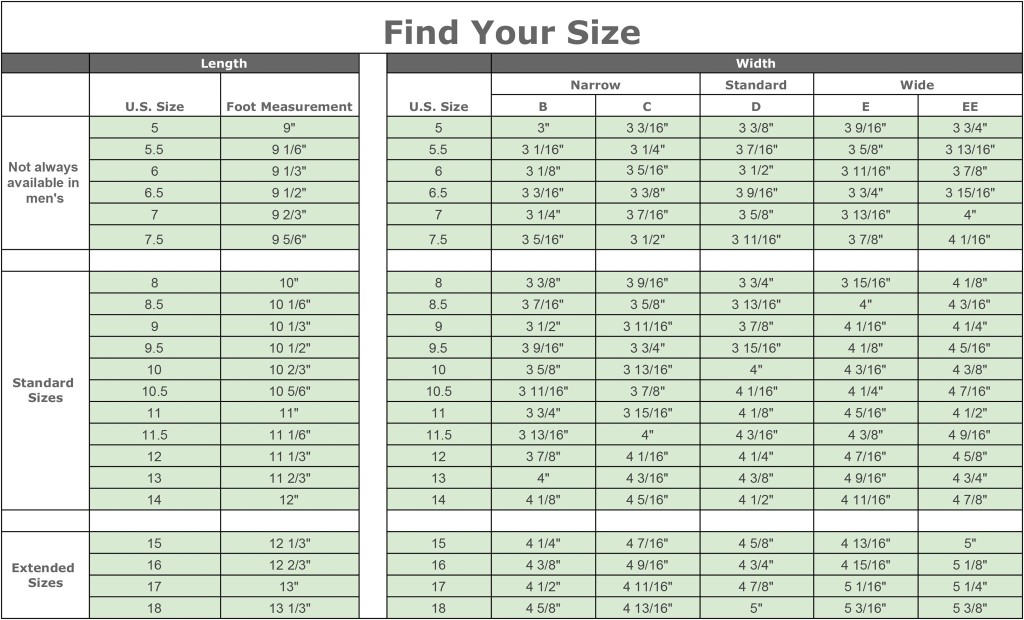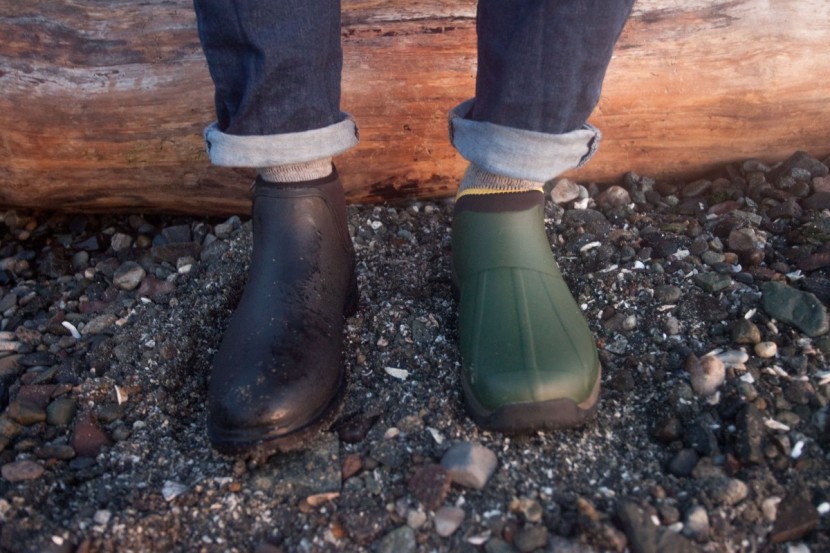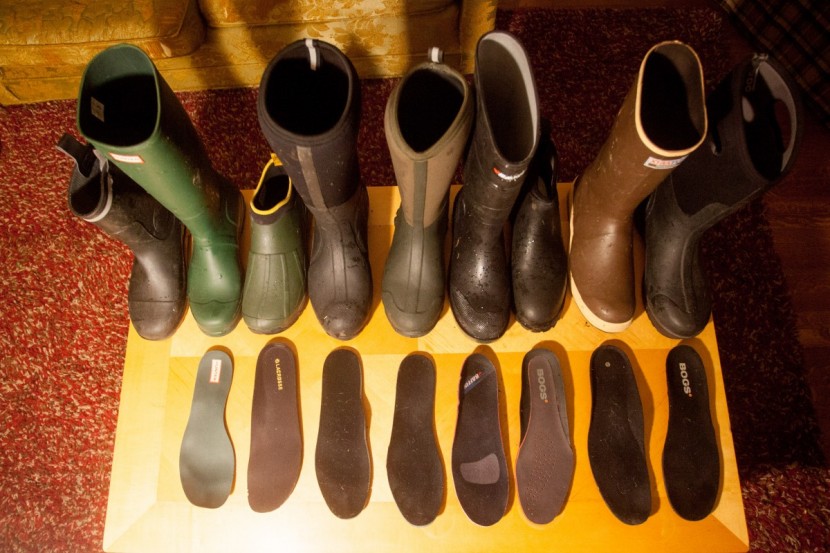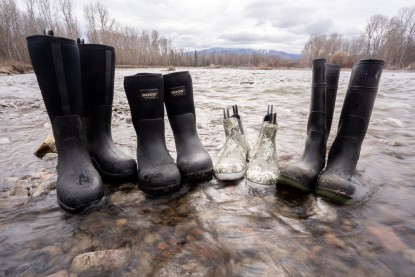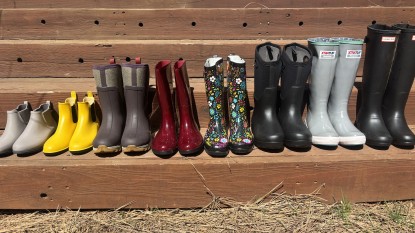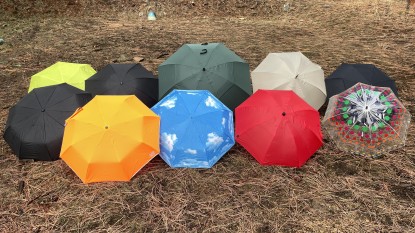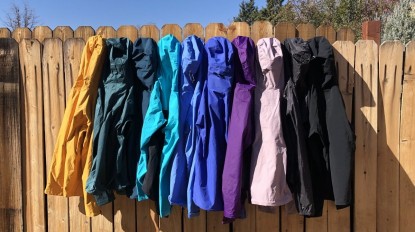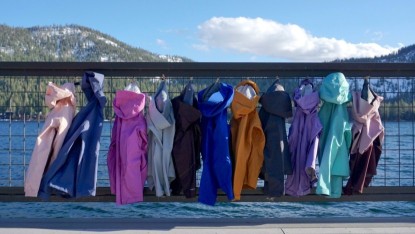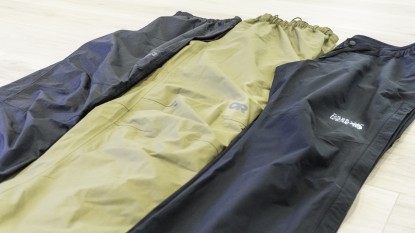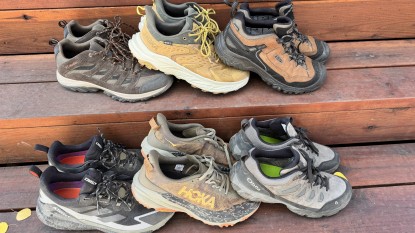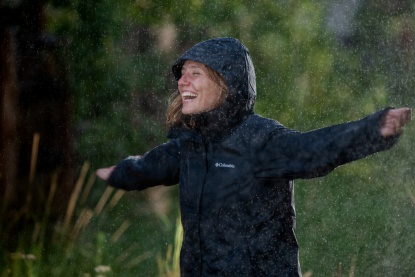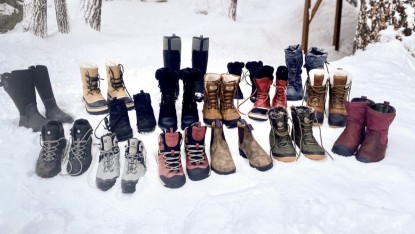If you spend time outdoors, rain boots are an essential piece of gear. And even if you don't spend much time out there, depending on how rainy it is where you live, it can be extremely helpful to have a reliable, dry pair of shoes to slip on for errands and chores. But make sure to consider how you're going to use your boots — if you're doing farm work in subfreezing conditions, you'll need significantly different boots than if you're just wandering around town on a date night. This article will help you pick out the right boots for your needs.
Types of Wet Weather Footwear
There are many different types of boots out there, but you'll want something specific for when things get wet and cold. Here are a few of the biggest categories.
Winter Boots
The top winter boots are designed to be comfortable in cold conditions, and are always insulated, often with Thinsulate or some other propriety material. Depending on their insulation, winter boots will often have temperature ratings (some as low as -80°F). Keep in mind that this is likely marketing hype since there's not a formalized rating system for footwear.
Since snow and cold generally happen at the same time, winter boots are almost always waterproof, though this waterproofing may not extend above the ankle. Winter boots can be designed for a variety of activities, from recreational uses like hiking, snowshoeing, or even high-altitude mountaineering to outdoor-specific work. Winter boots are a great option if you're only planning to wear them when it's actually cold out. There's some cross-over between winter boots and rain boots (which can be insulated), but here's one informal difference: winter boots (generally) have laces, while rain boots are almost always slip-on. If you wear winter boots when it's warm out, your feet will almost certainly be uncomfortable, as winter boots are not designed to be breathable.
Backpacking Boots
If you spend a lot of time in the outdoors, chances are you already have a pair of waterproof hiking boots, and these are a good option if you don't want to shell out more money for a new specific boot. Backpacking boots typically (though not always) extend over the ankle, are generally waterproof, and are rarely insulated. They're usually made with a leather or synthetic upper and contain a solid midsole to provide torsional rigidity (support against twisting) and an outsole specialized for use on dirt, rocks, and anything else you might find on a trail. All our testers have used backpacking boots in the place of rain boots, and depending on the depth of the water and mud they do just fine. For a while, our lead tester worked on a sheep ranch farm in a pair of backpacking boots, which worked out well enough, though some insulation would have been nice during the chilly New Zealand mornings. If you're wearing backpacking boots in lots of mud or deep water, you'll find that they don't dry very quickly and that mud tends to get stuck in the laces. You can use gaiters with backpacking boots to increase their waterproof height, but this only really helps in snow and muck, not in water.
Waterproof Low-Top Hiking and Casual Shoes
There are many waterproof shoes available nowadays using some waterproofing (from name-brands like Gore-Tex and eVent to proprietary technologies like “Keen.Dry” and Salomon's "ClimaShield"). These can look like casual sneakers or more like hiking shoes and, depending on their construction, can be great for use on trails or around town. Due to their low shaft height, they're generally not great for the wettest conditions, but on the bright side, they're likely more subtle looking than other options. Low-top shoes will keep you dry from puddles and light rain, but they won't do much more than that.
Rain Boots
Rain boots must be waterproof. They're generally made of rubber (or foamed neoprene) and typically slip-on, though some have laces to improve the fit. They can be insulated or not, and depending on the style, they may be from ankle height up to almost knee height. They're extremely common on farms and boats due to their comfort and the ease with which they can be hosed off at the end of a long day, and different brands can be found all around the world.
A short history lesson — rain boots originated back in the early 1800s when the first Duke of Wellington had a leather “Hessian” boot modified to fit more tightly around his calves. The new style caught on, and after vulcanized rubber was invented by Charles Goodyear, Hiram Hutchinson (in 1853) realized the footwear potential for vulcanized rubber and began to create rubber boots in France. The waterproof calf-high boots were immediately popular among French farmers, who had traditionally gotten their feet soaked and muddy in wooden clogs. Rain boots made things a lot more comfortable!
Let's start with the drawbacks to rain boots:- They are (almost always) rubber tubes you put your feet in. As a result, rain boots do not breathe well, and if it's warm out (or if you're exercising hard), you will get sweaty feet.
- Since they're generally rubber, they're generally pretty heavy. The lightest (ankle-high) boots in our test weigh around 2.5 pounds per pair, but the average weight of the rain boots in this year's test is 4.5 pounds. This is a lot of weight. For context, casual sneakers weigh ~1.5 pounds per pair or less. A popular backpacking maxim says that one extra pound on your feet means six extra pounds on your back, so these rain boots, on a long day, may feel like carrying around an extra 18 pounds on your back!
- As rain boots don't have laces, they often fit loosely, especially in the heel. To avoid blisters, it helps to wear them with thicker socks (which makes the sweating worse).
- As a result of this looser fit, they're often not comfortable while walking long distances (we would never willingly wear a rain boot backpacking or hiking).
- They typically look strange compared to regular shoes (and if it's not currently raining, people will always ask why you're wearing them — trust us on this).
But there are a lot of benefits to rain boots! Here are some:
- They will keep your feet dry and warm, even in terrible conditions.
- They will help you stay upright and on your feet despite slippery conditions.
- They are typically simple to slip on (for errands or just because you're lazy like us).
Not everyone needs rain boots. But if your feet keep getting wet and uncomfortable in other footwear, rain boots are the best option.
The Rain Boot Spectrum
Within the category of rain boots, there's a wide variety of options for different use cases. On one side, there's the casual boot; on the other, the work boot. And there are some boots that exist in between.
Low/Casual Boots
If you want dry feet but don't think you'll constantly be slogging through water and muck, casual low rain boots are a great option. Compared to more intense work boots, casual rain boots typically don't come as tall, weigh as much, or provide the same amount of grip underfoot. Casual rain boots generally don't feature much insulation and are better suited for puddles and urban errands than mucky fields and freezing creeks. And they're typically not built for all-day comfort (though this isn't always the case). When we're working on farms, no one is wearing a casual boot, except for the occasional trip to town or in the evenings.
Mid-height Boots
Mid-height boots split the difference between casual and full-scale work boots and, subsequently, are generally mid-weight, mid-stiff, and semi-rugged. They are typically mid-calf height. You could do hard labor in these, but you might not love them if this is your main goal.
Work Boots
Work boots have higher shafts, better traction, (generally) more comfortable insoles for longer workdays, and weigh more because of these features. We used these when bushwhacking to climbing crags, kicking around rivers while car camping, and wading through knee-deep snow on trips to the mountains. In our experience, farmers in Maine, New Zealand, and Argentina wear this type of rain boot from fall to spring, and some even break them out during the summer, depending on the regional weather.
All work boots are solid, but each will be geared towards a different type of work, depending on which features they have (we'll examine these features in detail below).
Climate
The general weather in your area will determine whether rain boots are a good option for you. There's no certain annual rainfall cutoff above which you need rain boots, but if you spend more than three months in wet conditions, rain boots are really helpful to have. And if those wet months are generally below 40°F, you should definitely consider insulated boots.
Water Resistance
There's nothing wrong with the low boots, and depending on your intended use, you may not need anything more. Lower boots can be a lot more comfortable for casual use. But remember, if your boot only stands a few inches high, it's surprisingly easy to splash your ankles, even in shallow water. When we tested the boots in Puget Sound, we were constantly worried about waves and splashes in the shorter boots, while the highest boots allowed us to confidently stride around without worrying about errant droplets.
And if you're really concerned about water getting in the top of the boot, choose a boot with a smaller circumference at the top, so it fits more snugly around your calf. It can be a pain to shove your feet and pant legs in, but there won't be any room for rain to fall in.
Warmth
Not everyone needs an insulated boot, and if you're hoping to use the boot in moderate temperatures, they're not a great idea, as your feet will get unpleasantly warm. But if it'll be reliably cold, insulated boots are a wonderful idea, as you can simply slip them on and head out the door, no matter whether how snowy it might be. And if you're going to be shoveling snow, or spending a lot of time in cold temperatures without moving, an insulated boot is essential.
Once you've decided how warm a boot you're looking for, check out the warmth scores of our boots, but remember, warmer boots are not always better, and you may be happiest in an uninsulated option like the Baffin Enduro.
Comfort
If you're hoping to use your rain boots for quick errands and walking to your mailbox, comfort isn't a big consideration. But if you're like us, and you want to invest in something that you can wear for extended amounts of time, comfort is king, and comes down to a few different factors, including cushion, fit, and support.
Traction
Some boots, designed for more casual use, have ambiguously squiggly patterns on their bases. These will be sufficient for general light use, including yard work and walking on concrete, but you'll likely be disappointed if you're hoping to use them in snow or mud. If you are looking for better traction on a variety of surfaces, large and deep-lugged options can hold on when lesser boots slip. Keep in mind that the rubber type, outsole geometry, and intended substrate all affect traction ability. We assessed all the boots in our test on wet grass, mud, snow, ice, stream beds, and in standard urban terrain, and found that generally the larger the lugs, the better they held, though rubber-type also seems to matter.
Style
While style may not be the most important factor in your rain boot decision, it's nice to have something that looks good. During our tests, we talked to friends (and to the many people who wanted to comment on our boots as we tested them fearlessly in dry, warm weather) about the looks of all the boots. Generally, the more casual boots will look “more stylish” though we all disagreed on which were our favorites. It also has to do with your personal style - certain boots looked pretty strange with our more utilitarian (read: Carhartts and old jeans) aesthetic, but many women wear and love them around Seattle, and we got a lot of compliments on them when we were dressed up.
Style tip - rain boots are designed for you to tuck your pants into! If you don't, they'll fit badly and look strange. This runs the opposite of cowboy boots, which, our Texan friends assure us, you should never tuck your pants into (if you're a guy).
Fit
Every type of footwear is designed with a “last,” which is the manufacturer's deliberate approximation of a human foot. Every brand and (often) every model of footwear is going to be designed with different lasts. This is why all shoes fit differently. The category of footwear will also change the last - dress shoes and climbing shoes are patterned on far snugger lasts than backpacking boots and rain boots. Laces can help make different shoes fit, even if the last isn't ideal for your foot, but rain boots don't have laces, so the fit is necessarily going to be on the loose side. Rain boots also rarely come in half sizes, so you may not be able to find your specific size. We recommend against sizing rain boots to your exact foot size (due to the wide variety of foot issues that can develop from overly tight shoes).
How to Measure Your Foot Size
Option 1 - go to a footwear store and ask a clerk to measure you with a Brannock device.
Option 2 - follow these directions!
Directions
You will need a pencil, paper, a ruler, an affection for low commitment arts and crafts, and potentially someone to help during step 1.
Length- 1) While weighting your feet, draw an outline around both feet. This step is a lot easier with someone to help!
- 2) Using a ruler, measure both feet, from the back of the heel to the end of your longest toe.
- 3) Write each length on the paper and check if your feet are different sizes. Most people's are. If your feet are more than two sizes different, you'll want to consider getting two different size shoes.
- 4) Match the larger number to a U.S. size in the table below. If you're between sizes, go with the larger one. This size should roughly correspond to your general shoe size, but keep in mind that our feet often change size as we grow older.
- 5) We recommend wearing a shoe sized one half-size up from your U.S. size.
Width
- 1) Using the outline from the length measurement, mark where your first metatarsal head is (on the inside of your foot, this is the bony lump where your big toe ends, and your foot starts. If it's tricky to find, bend your big toe and mark where the joint is).
- 2) Measure the width of your foot starting at your first metatarsal head.
- 3) Find your length on the left of the chart, then track right to your width.
- 4) If your feet are different widths, this is normal too! Get a size that matches your wider foot.
Sizing Specifics
Rain boots should not be snug, as you can make up extra space somewhat with midweight socks or thicker (which we recommend to increase cushioning and comfort). Our testers both have size 12 feet with a D width, and we went with American size 13's in all but one boot, which runs big. And if your feet are extremely narrow or wide, or are injured (with bunions, hammertoes, neuromas, metatarsalgia, or any of the other fun things that can go wrong with feet), recognize that you may need to take some time to find something that will feel good for you. We wish you luck in this quest!
Cushioning and Insoles
There's a wide range of cushion and insoles present in all of these boots. Some lack an insole entirely, while others contain extra padding underneath the insole. But it's important to recognize that manufacturers sometimes cut costs when it comes to insoles, and even the shoes with the most highly hyped and squishy insoles may not last very long. In our experience, many people are better served by more supportive insoles that are chosen with their specific feet in mind. These will hold their feet (and arches) in a comfortable configuration for the entire day (rather than letting their feet flex and unflex for hours at a time as their arch musculature gets tired out).
We are specifically partial to the Superfeet brand and have worn their Green and Blue models for various activities over eight years, though any brand of insole that is designed for your specific arch type will be an improvement over generic insoles. We found that adding our own specialized insoles to the boots made them all fit slightly snugger (volume-wise) and were even capable of making some initially uncomfortable boots work for longer days.
Conclusion
No rain boot will be perfect for all conditions. Depending on your priorities, you may lean toward low-cut models or tall-shafted beasts. The most important thing is to consider your needs before ordering a new pair of boots. All we hope is that you end up happy with whatever you choose!

